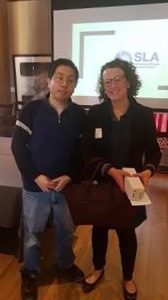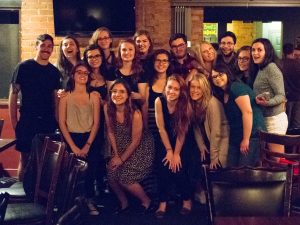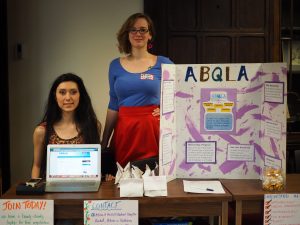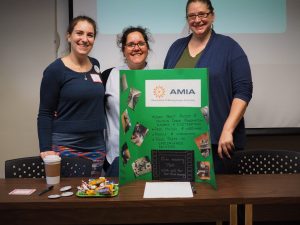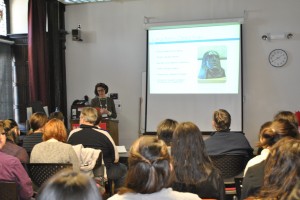Indexing Fiction
by Shannon Viola
Fiction is innately subjective; themes are hidden, motifs are subtle, and sometimes the story itself is a representation of an idea, philosophy, or lesson. Unlike nonfiction, which explicitly states the subjects in abstract or the first few paragraphs, fiction is not so straightforward. Nonfiction indexers may disagree over which subject term best represents the concept, but the opportunity for dissension multiplies when it comes to the abstract “aboutness” of fiction. Moreover, skimming a fiction title does not give the same amount of understanding as an indexer would get from skimming a scientific journal article or thumbing through the chapters of a nonfiction title.
Moreover, there is debate over what aspects of fiction are required to be indexed. Early indexing efforts considered genre, year, and place as important aspects (Saarti, 1999), but authors often write novels that blend genres (Maker, 2008). Some publishers inaccurately label novels (Down, 1995, p. 63). Indexers may disagree over whether a title is relevant enough to be a “Classic” and be indexed as such, or disagree over choosing genres, such as whether the novels of Daphne De Maurier are part of the “Mystery” or “Literature” genre.
Involving the reader in indexing fiction could aid librarians in finding the “core aboutness” of a fictional work. The emergence of folksonomies on social reading sites, like Goodreads, and the theoretical research done on readers’ advisory services in public libraries, can inform the fiction indexer in their work. Analyzing the folksonomy indexing of a community of readers alongside the expertise of librarians will yield indexing terms that a patron is most likely to recognize or search for in an information retrieval system. The consideration of folksonomies and how readers themselves would index a book improves successful retrieval and better serves the fiction users in a public library.
Readers’ advisory is another practice that cannot be ignored when designing a model for fiction indexing. Readers’ advisory is a service provided by librarians that help their patrons discover what book they would like to read. The librarian conducts an interview of the patron in which they discern what “appeal factors” of a book that patron enjoys. Appeal factor are “those features that capture the essence of what is enjoyable about a particular book” (OLA, p. 6). Appeal factors are designed to embody the subjective nature of fiction. Appeal factors also were designed to help a reader find a book akin to books they have already enjoyed, so using appeal factors as indexing terms can help the reader find their next book with or without the assistance of a librarian or a readers’ advisory interview.
The aspects of fiction that Joyce Saricks identifies in “The Readers’ Advisory Guide to Genre Fiction” correspond to the most mentioned characteristics in reader reviews on Goodreads. For example, consider the Goodreads reviews for “The Hours” by Michael Cunningham. Readers mentioned many of the characteristics that Saricks established as part of the Literary Fiction genre. They mention Michael Cunningham’s intricately-wrought language, which is an identifying characteristic of Saricks’ Literary Fiction. In terms of plot, “story lines are thought-provoking. Literary Fiction operates in the realm of ideas as well as practicalities” (Saricks, 2009, p. 178). The Hours has a thought-provoking plot, since it is the story of three women whose actions mimic those of Clarissa Dalloway in Virginia Woolf’s “Mrs. Dalloway.” The interwoven plots and an hour-by-hour plot were mentioned in the majority of reviews. The tone of the book can be dark, just as Saricks’ identified in her analysis of Literary Fiction (Saricks, 2009, p. 178). The fact that The Hours won the Pulitzer Prize was also important to readers on Goodreads. Traditional indexing, such as the record for “The Hours” in the McGill catalog, describe the book in terms so broad that the aspects that readers want are hardly represented. How can a reader find a book they want if they retrieval system does not account for their tastes? The principles of readers’ advisory have the potential to inform both the design of future information retrieval systems and guidelines for fiction indexing.
References:
Adkins, D., & Bossaller, J. (2007). Fiction access points across computer-mediated book information sources: A comparison of online bookstores, reader advisory databases, and public library catalogs. Library and Information Science Research, 29(3), 354-368. doi:10.1016/j.lisr.2007.03.004
Baker, S., & Shepherd, G. (1987). Fiction classification schemes: The principles behind them and their success. Rq, 27(2), 245-251.
Down, Nancy (1995) Subject access to individual works of fiction, Cataloging & Classification Quarterly, 20(20, 61-69, DOI: 10.1300/J104v20n02_05
Maker, R. (2008). Reader centered classification of adult fiction in public libraries. Australasian Public Libraries and Information Services, 21(4), 168-171.
Ontario Library Association (OLA). (n.d.). “Readers’ advisory conversation.”
Retrieved from: https://www.accessola.org/web/Documents/OLA/Divisions/OPLA/RACommittee/RA%20competency_conversation_final.pdf
Saarti, Jarmo. (2002). Consistency of subject indexing of novels by public library professionals and patrons. Journal of Documentation, 58(1), 49-65.
– (1999) Fiction indexing and the development of fiction thesauri. Journal of Librarianship and Information science, 31(2), 85-92.
Saricks, J. (2009). The readers’ advisory guide to genre fiction (2nd ed., ALA readers’ advisory series) Chicago: American Library Association.
Sauperl, A. (2012). Pinning down a novel: Characteristics of literary works as perceived by readers. Library Review, 61(4), 286-303. doi:10.1108/00242531211267581
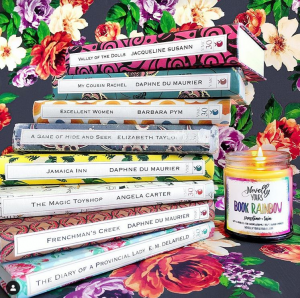


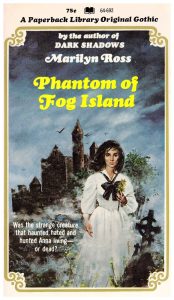



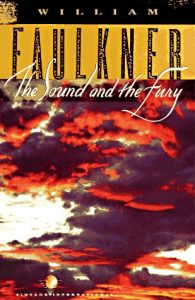
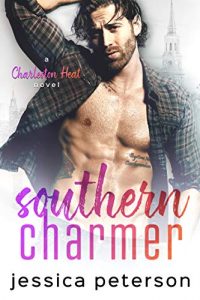

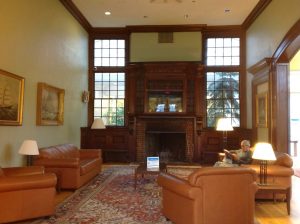

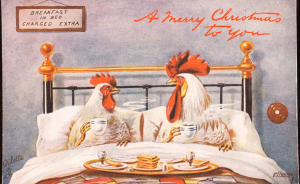
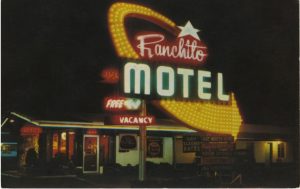







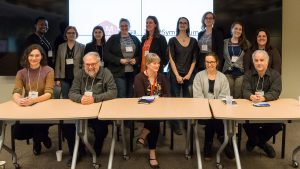

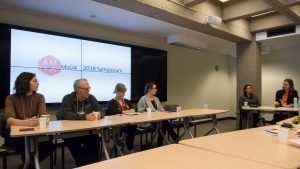
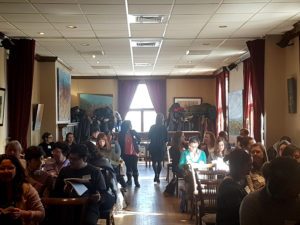
 Presenter and SIS PhD student Vera Granikov detailed what it is to be a research-embedded health information specialist, a path she said she likely wouldn’t have found herself on were it not for her practicum. Granikov says her job, and the jobs many SIS students may have in the future, doesn’t fit neatly into one category of librarian, archivist, or knowledge manager. For example, while she conducts searches and literature reviews, Granikov is also part of the research team from the moment an idea is found through applying for funding to publication.
Presenter and SIS PhD student Vera Granikov detailed what it is to be a research-embedded health information specialist, a path she said she likely wouldn’t have found herself on were it not for her practicum. Granikov says her job, and the jobs many SIS students may have in the future, doesn’t fit neatly into one category of librarian, archivist, or knowledge manager. For example, while she conducts searches and literature reviews, Granikov is also part of the research team from the moment an idea is found through applying for funding to publication.